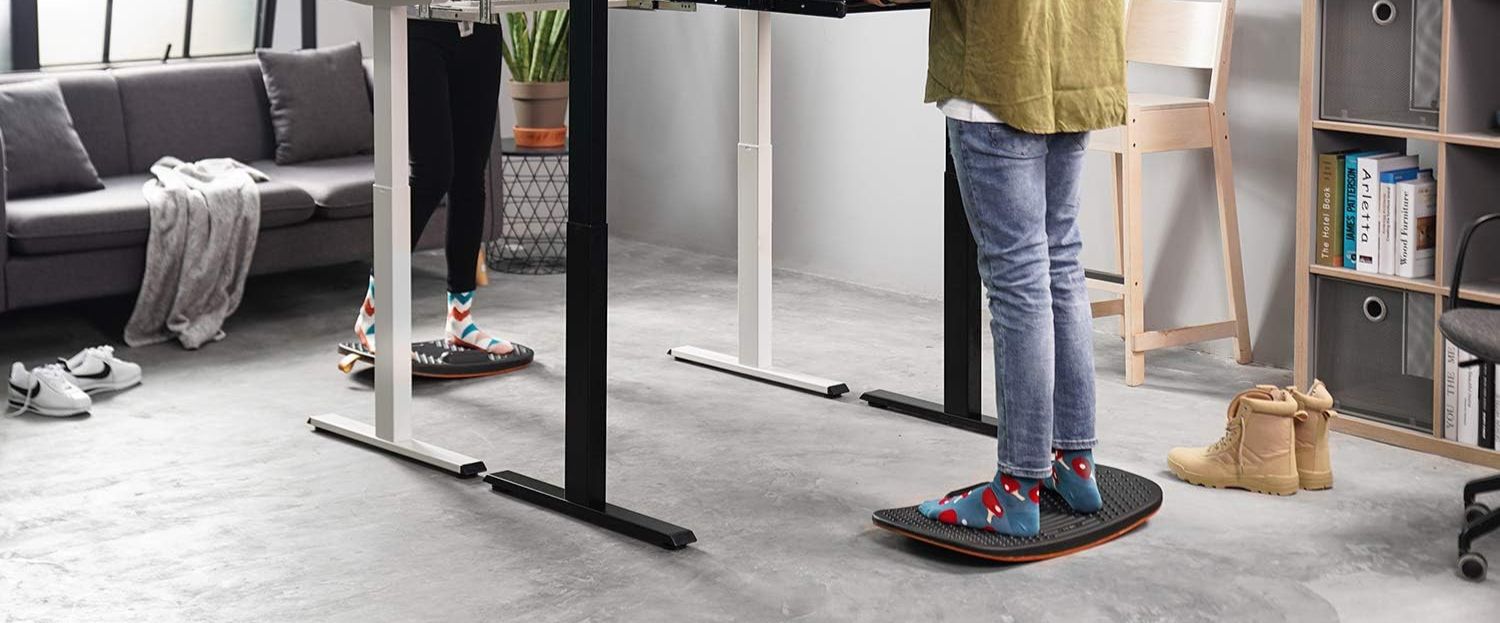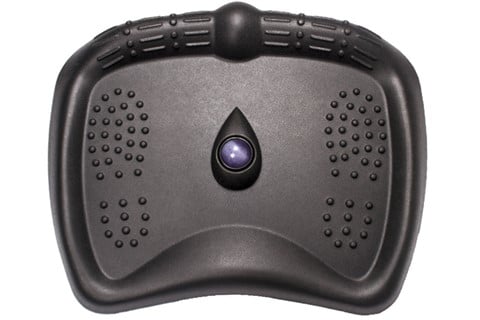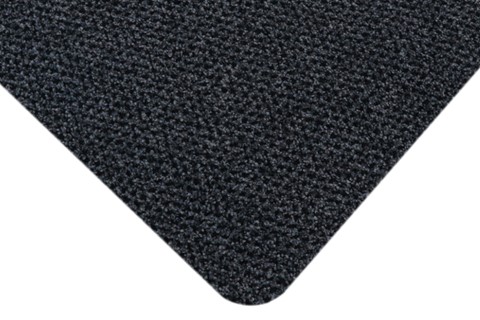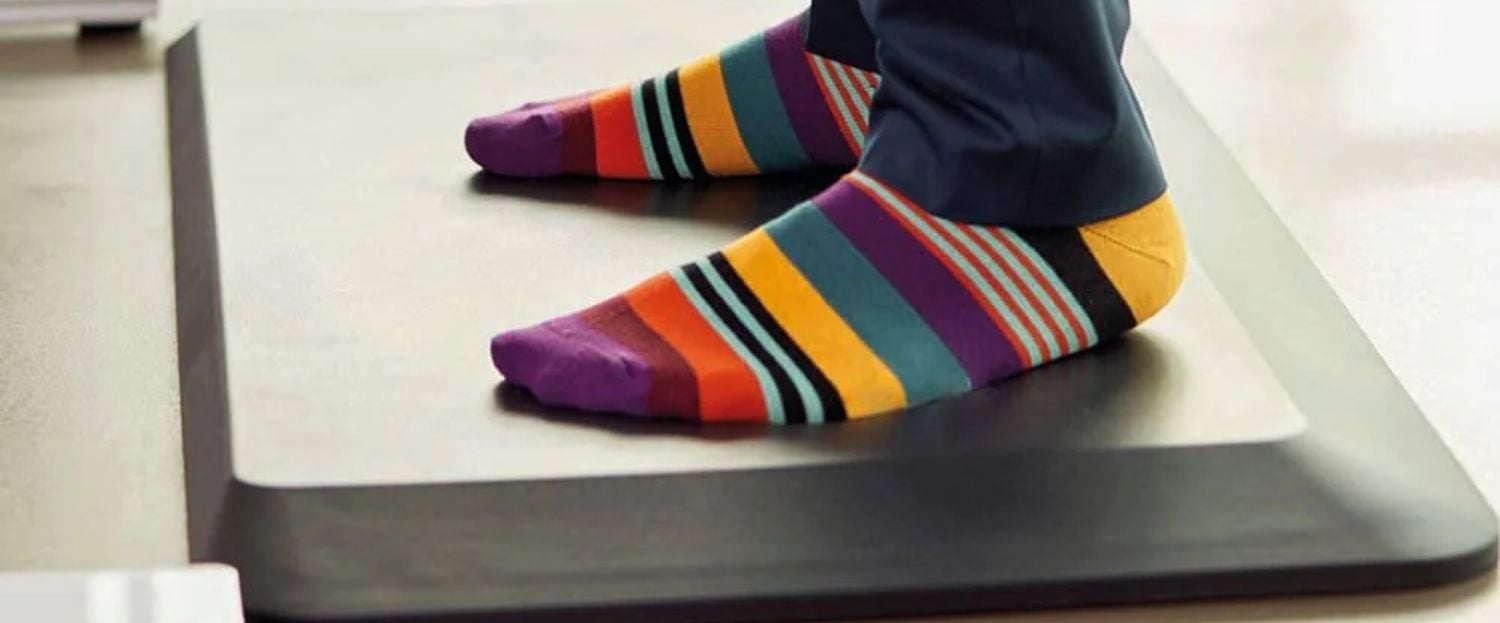What Does an Anti Fatigue Mat Do? Exploring its Benefits and Uses
An all too common question we get asked is "What is an anti fatigue mat?".
Anti-fatigue mats are specially designed floor coverings aimed at reducing fatigue and discomfort caused by standing for extended periods on hard surfaces. Often found in workplaces, kitchens, and other environments where people stand for long durations, these mats alleviate the stress on the joints, muscles, and circulatory system by providing a cushioned surface to stand on.
The construction of an anti-fatigue mat involves the use of materials that offer a perfect balance between support and cushioning. These materials often include rubber, foam, or gel, sometimes in combination. The mat design also plays a crucial role in providing comfort as it disperses body weight evenly over the entire surface, helping to alleviate the stress on pressure points and reduce the overall strain on the body.
The primary function of these mats is to enhance comfort, but their benefits extend beyond that. They can also improve posture, increase blood circulation, and minimise the risk of long-term injuries associated with standing on hard surfaces.
By offering a simple yet effective solution, anti-fatigue mats contribute significantly to the health and comfort of their users in various settings.

What Does an Anti Fatigue Mat Do?
Physical Comfort
Anti fatigue mats provide physical comfort by offering a cushioned surface to stand on, reducing the stress on a person's feet, legs, and back. These mats are primarily made of materials like rubber, foam, or gel, which possess excellent shock-absorbing properties. The cushioned surface distributes the user's weight evenly, minimising pressure points and improving overall comfort during prolonged standing periods.
Promotion of Movement
A significant benefit of anti fatigue mats is their promotion of micro-movements in the legs and feet. The subtle changes in posture and weight distribution, triggered by the mat's cushioned surface, help to increase blood flow and circulation. This constant shift of muscles engages them in a gentle workout, which can contribute to better overall health in the long run.
Reduction of Fatigue
By providing physical comfort and promoting subtle movement, anti fatigue mats play a crucial role in reducing fatigue. Prolonged standing on hard surfaces can lead to discomfort, muscle soreness and stiffness, decreased circulation, and even long-term musculoskeletal disorders. With the use of an anti fatigue mat, individuals can significantly reduce fatigue, maintain higher energy levels and increase productivity. Additionally, these mats can help alleviate the risk of more serious health problems related to extended periods of standing.
Health and Safety Benefits of Anti Fatigue Mats
Anti fatigue mats have a myriad of benefits to help keep you comfortable and safe throughout the working day.
Ergonomic Advantages
Anti-fatigue mats are designed to alleviate discomfort and improve the overall wellbeing of individuals who stand for extended periods of time. They work by providing a cushioned surface, reducing strain and pressure on the body, particularly the feet, legs, and lower back. This cushioning effect encourages micro-movements in leg muscles, promoting better blood circulation and reducing fatigue. As a result, workers or users can maintain an upright posture without excessive stress on their bodies.
These mats can be particularly useful in environments such as:
- Industrial and manufacturing facilities
- Retail establishments
- Offices with standing desks
- Kitchen and food preparation areas
Prevention of Long-Term Injuries
In addition to offering ergonomic benefits, anti-fatigue mats can also play a crucial role in preventing long-term injuries. Prolonged standing on hard surfaces can lead to various musculoskeletal disorders (MSDs), including:
- Plantar fasciitis: Inflammation of the tissue connecting the heel bone to the toes
- Joint compression: Excessive pressure on the knee and hip joints
- Varicose veins: Swollen, twisted veins caused by poor blood circulation
By providing a more supportive surface, anti-fatigue mats help in decreasing the likelihood of these health issues. Moreover, quality anti-fatigue mats often come with a slip-resistant surface, reducing the risk of falls and accidents in the workplace.








